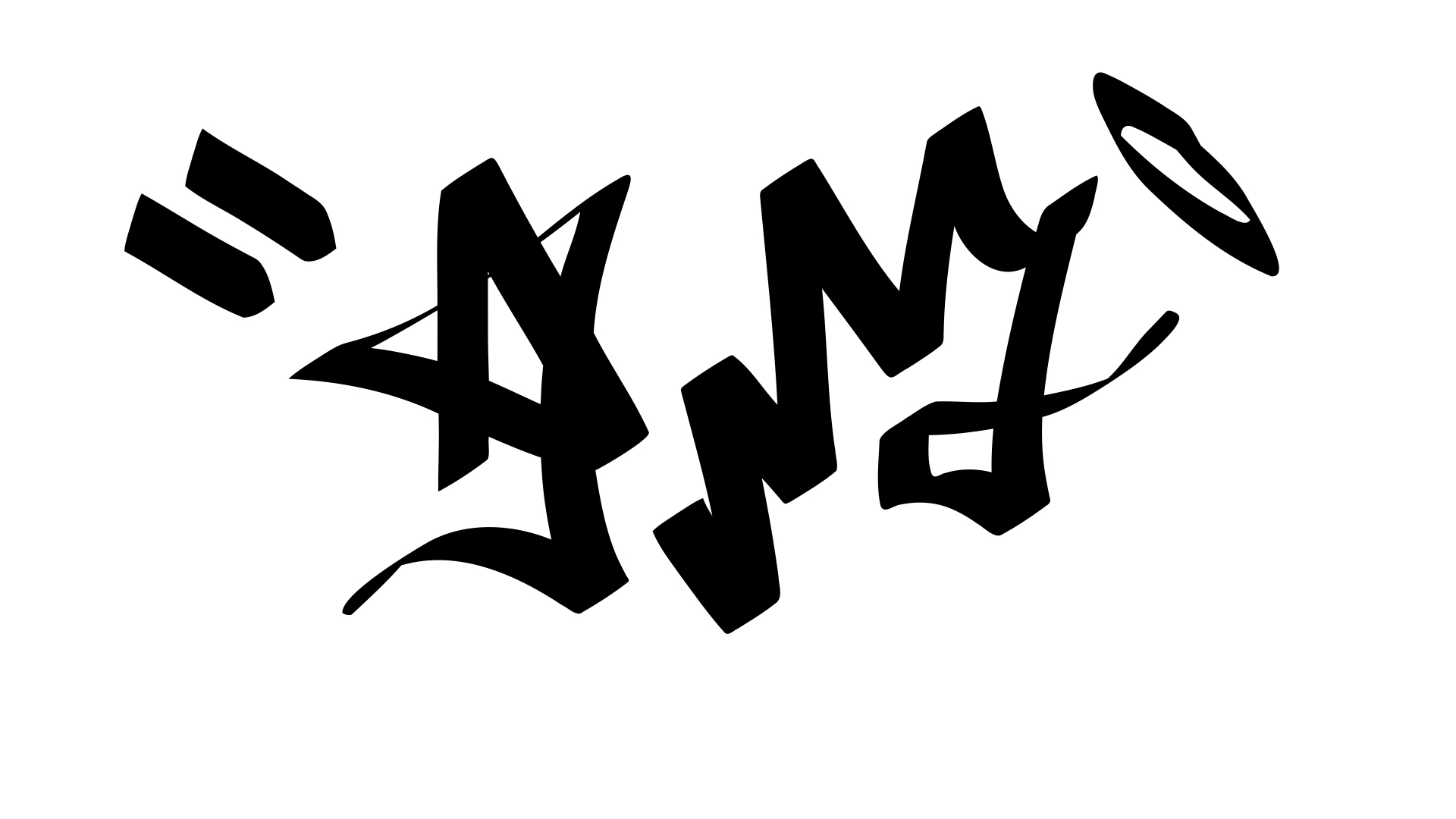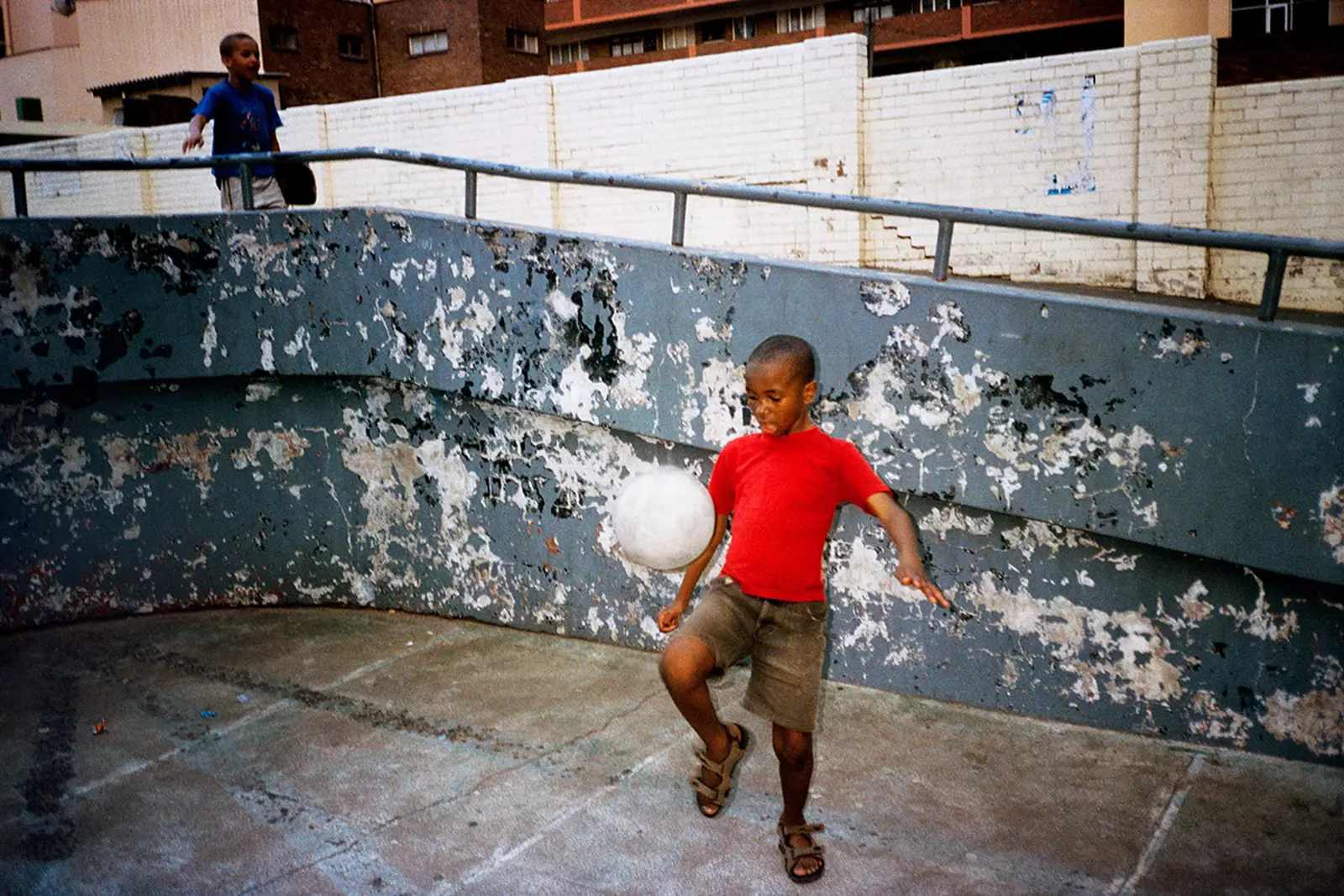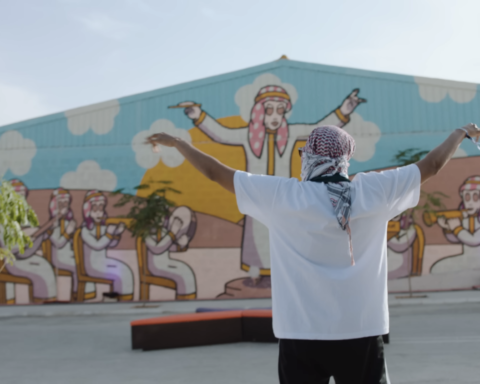Jamie Hewlett has transformed the look of the British comic book and music industries over the course of a career spanning more than two decades. At a time when strong female characters in superhero stories were scarce, he created Tank Girl. Along with Damon Albarn, he also employed the all-animated band Gorillaz to explore the possibilities of pop music. He later produced Monkey: Journey to the West, an operatic retelling of a 16th-century Chinese legend, refusing to fit into any preconceived categories.
It’s no exaggeration to call Hewlett’s work groundbreaking, and as he reaches his 50th birthday it seems there’s still plenty more of it to follow– with rumors of a Gorillaz TV show in the works. It’s a long way to come for a man that says he was too rude in his university interview to get a place, and admits that, at one stage, he was only earning £50 a month creating illustrations for Commodore User magazine.
Today we’re looking back at 10 pieces of work that show Hewlett’s ability to redefine and reinvent popular culture.
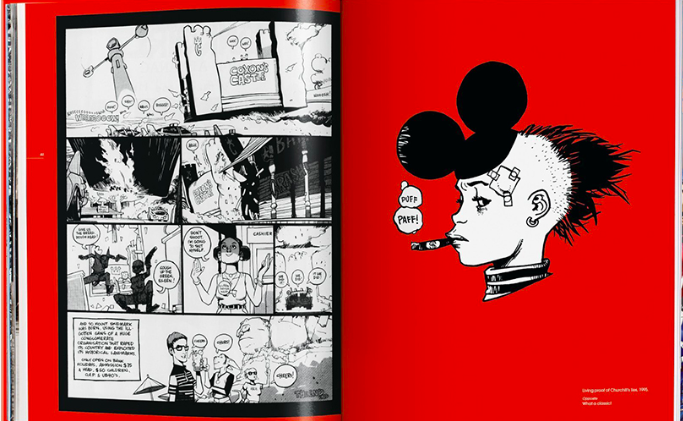
Tank Girl, which was partly based on skinhead females Hewlett witnessed in his hometown of Horsham, was created as a response to what he considers the “disappointing” female superheroes of the 1980s British comic culture, and it helped launch the artist into the public eye. “We went in to push the limits a little bit with that character and just be a little outrageous and say stuff that nobody said and nobody talked about and use words that nobody was allowed to use in comic books and try to get over this sort of pathetic censorship,” Hewlett told Dazed Digital. “You can’t show a nipple, but you can show someone being stabbed to death or this other bullshit that we still have.”
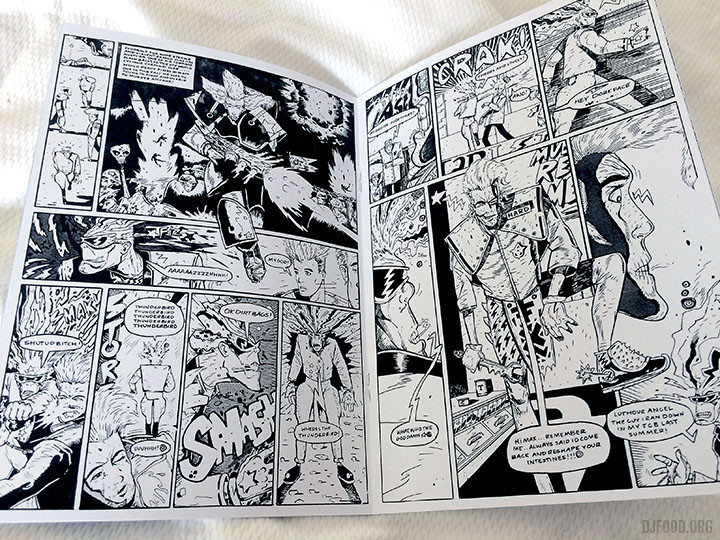
Fanzine Atom Tan was Hewlett’s first ever piece of published work, created with artist Philip Bond while still at college together. Published in 1987, the pair used a staff photocopier to create it and sold it to fellow students for just 50p. The fanzine was also the debut appearance of Tank Girl, who appeared in a one-page advert. Three decades later, copies of Atom Tan are rare finds – although last year a signed 30th-anniversary reprint popped up.

In 1995, Hewlett created a comic book version of Pulp for the band’s Common People single release in France. The artist recreated the lyrics of the song and drew a severely angular Jarvis Cocker – clutching a wet sponge – for the front cover.
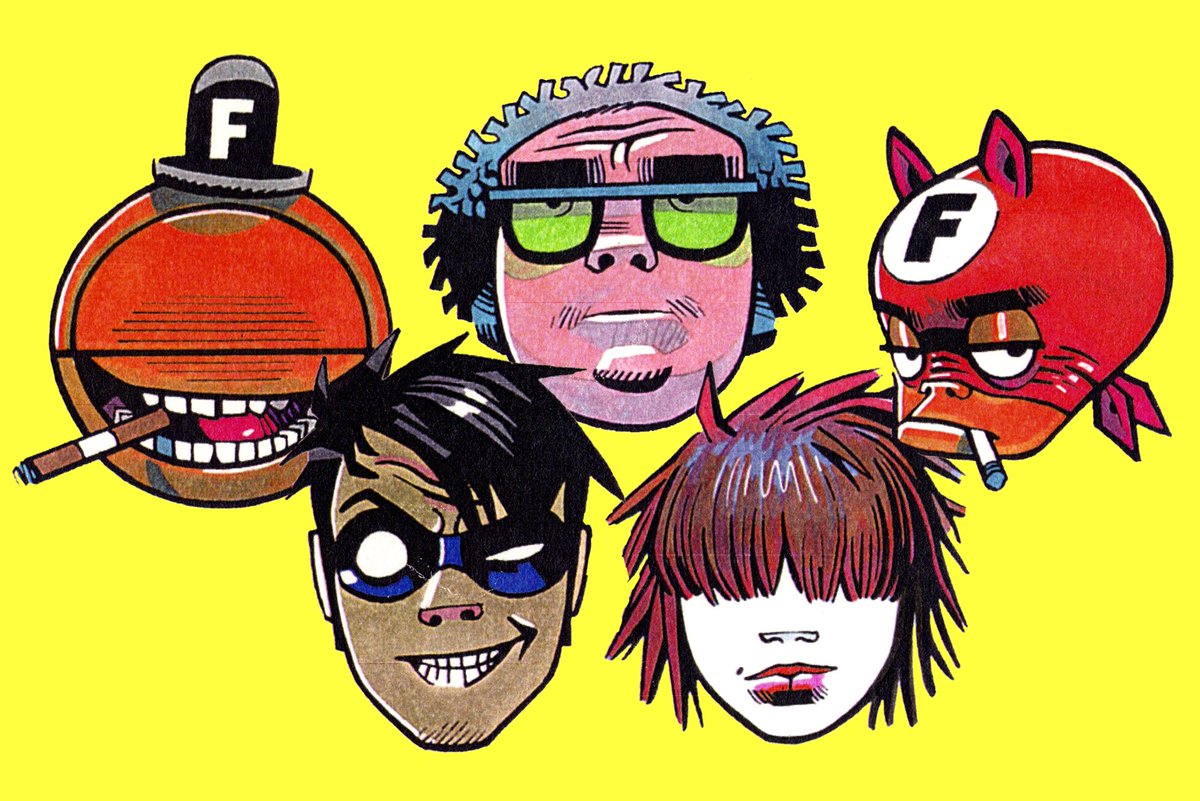
After the flop MGM Tank Girl film, Hewlett worked for DC Comics for six months, a job he claims to have detested, before going on the job market. He asked to work on a comic strip for The Face magazine, and he spent a year drawing Get The Freebies, which was ultimately converted into the Phoo Action TV series, which sadly never progressed past a 60-minute pilot. Hewlett himself was featured in the first Get the Freebies comic strip promoting a new TV series about a group of supervillains.

By essentially creating his own band members for Gorillaz—a group that Hewlett claims the music press first refused to interview—he made a mockery of produced pop music. Why can’t the music industry adopt some of the cartoon characters that we all love to watch and identify with? Telling Creative Review, Hewlett. It just sounded obvious to us since, “We all enjoy watching cartoons, and we all have our favorite cartoon characters, so why can’t that work in the music industry?” Hewlett told Creative Review. “I mean most pop stars are cartoon characters anyway, they’re not being themselves, they’re pretending to be something they’re not so it just seemed the logical step to us.” The so-called “anti-band” won Hewlett the Design Museum’s 2006 Designer of the Year Award.
Hewlett first learned of the ancient Chinese classic Monkey – Journey to the West through the Japanese TV series Monkey, which featured a demon-slaying monkey. The opera, which was created in collaboration with Damon Albarn and director Chen Shi-Zheng, was finished over the course of four years and eight journeys to China. “We’d been to China many times and had the real privilege of traveling around the rural areas, staying with tribes, which no one gets to do,” Hewlett told The Guardian. “Once you get outside of the cities, what you find is a culture that is still intact – that hasn’t been spoiled by Western influences.”
Chinese acrobats and dancers performed in front of his Monkey set designs, and for the closing moment, the artist produced a massive Buddha that took up the entire stage and required five lorries to deliver it from Bucharest.
For the BBC in 2008, Hewlett created a two-minute animated animation that followed the Monkey characters as they traveled to Beijing’s Bird’s Nest stadium. The sequence featured the characters as they traveled to the Olympic venue. Damon Albarn, a longtime collaborator, composed the soundtrack for the movie, which was separated into shorter pieces for the titles, trailers, and set designs. While admitting that working with the BBC meant he and Albarn didn’t have the same luxury of “doing exactly what we want” as they were used to, Hewlett told the Guardian that he was “thrilled” by the opportunity.

Hewlett’s art was featured in a diverse exhibition in 2015 at London’s Saatchi Gallery, which included anything from spidery doodles of twisted trees to movie posters for made-up 1970s flicks. A series of giant tarot cards created in Indian ink and watercolor as part of the exhibit was inspired by Hewlett’s wife, who read the cards for him when they first met. Hewlett chose to redo all 22 characters after reading Alejandro Jodorowsky’s The Way of the Tarot and becoming fascinated by the many hidden elements of the cards as well as the significance of color and mathematical structure.
Despite the fact that Hewlett is a well-known artist who transcends genres, a fast Google search reveals that there isn’t a single location that gives a complete collection of his work. So it’s a relief that the artist’s debut monograph, which was published by Taschen and proved to be so successful that it sold out within its first two weeks, contains at least 400 pieces of work collected together.
Hewlett lost interest in the British comics scene once Deadline magazine, the source of Tank Girl, folded and began working on the set design for SMTV: Live. His illustrations did appear in the pleasingly frenetic opening credits for the show, despite him telling Vice that his art was never used since it was “a bit weird.”
